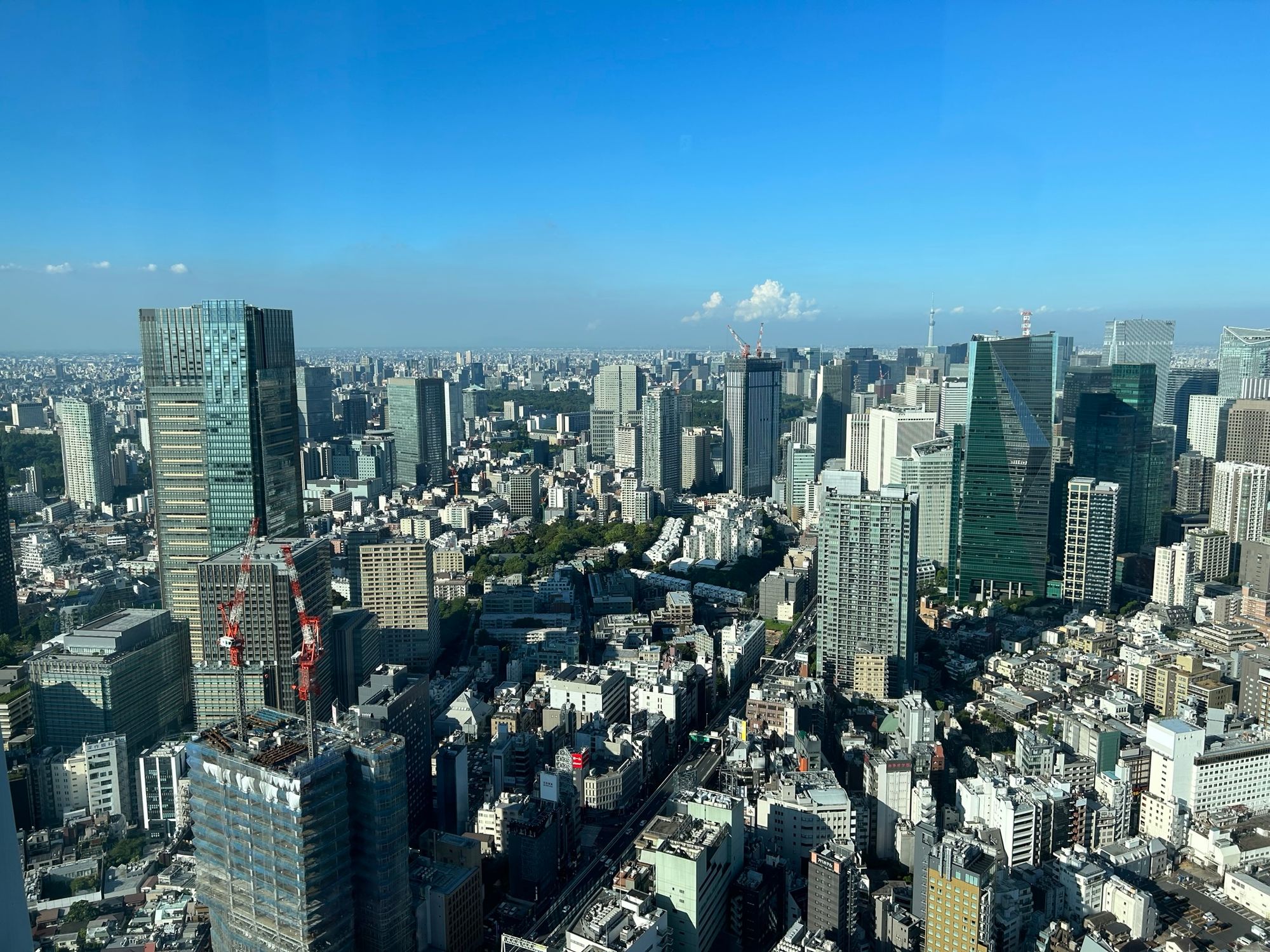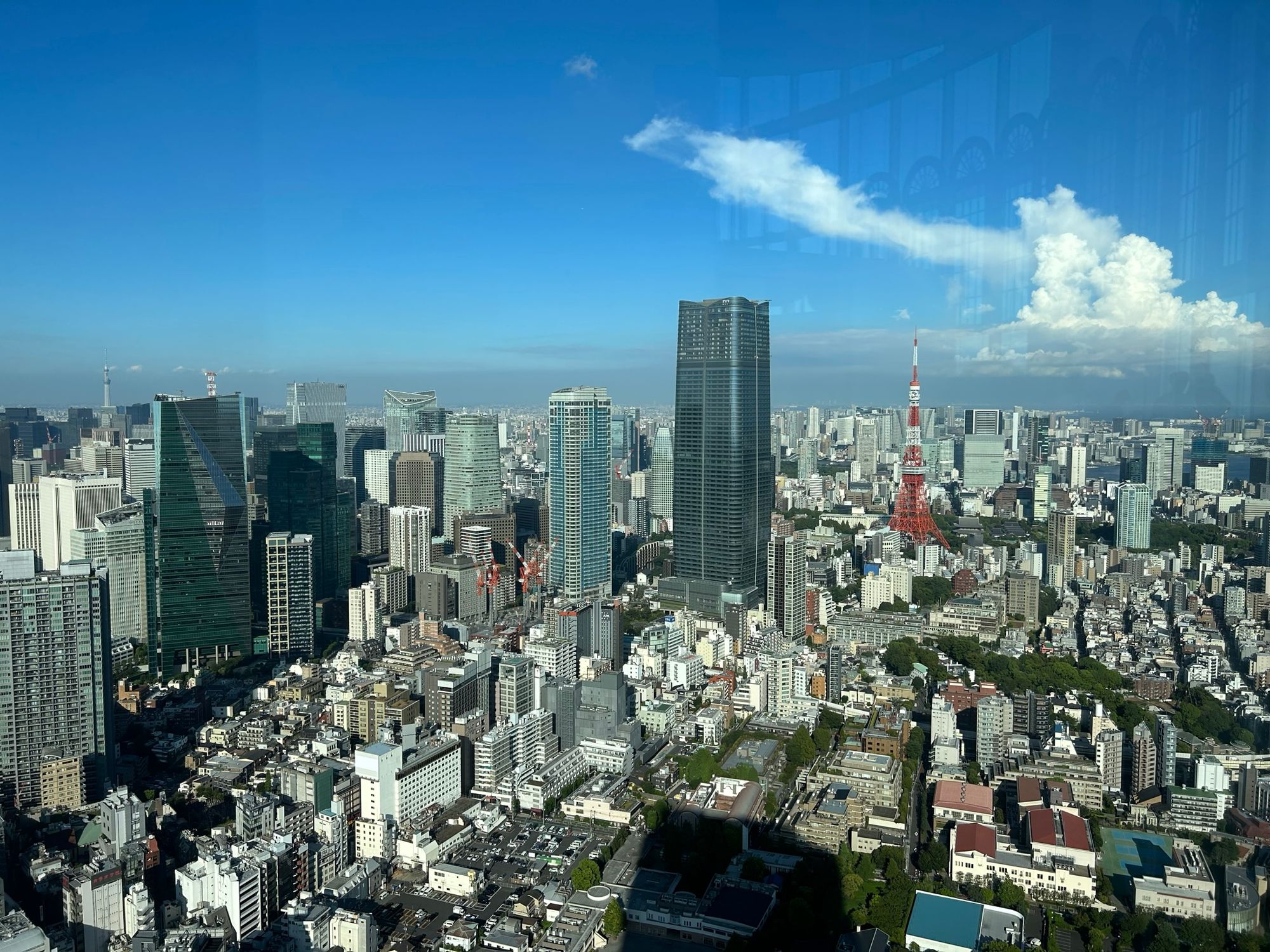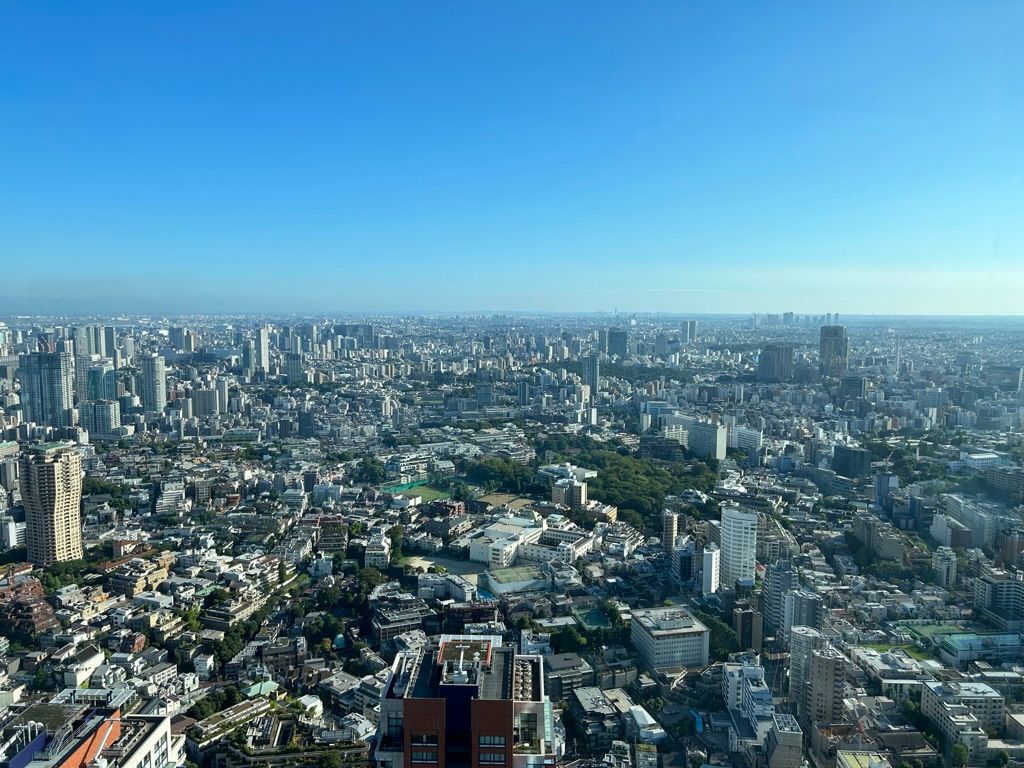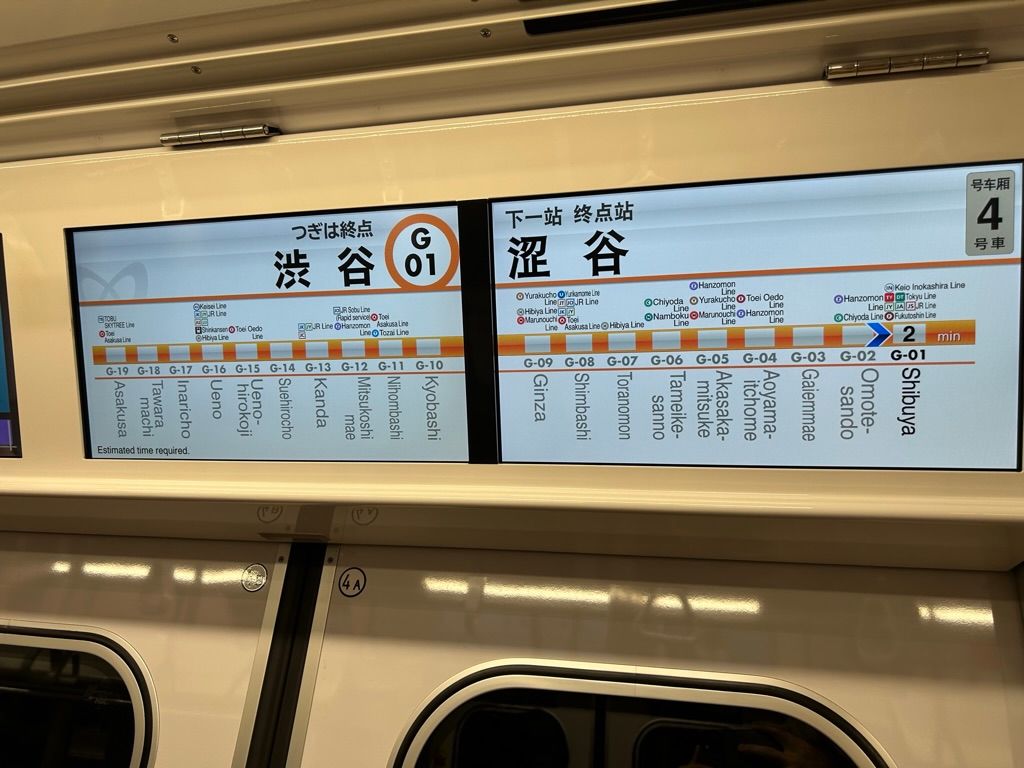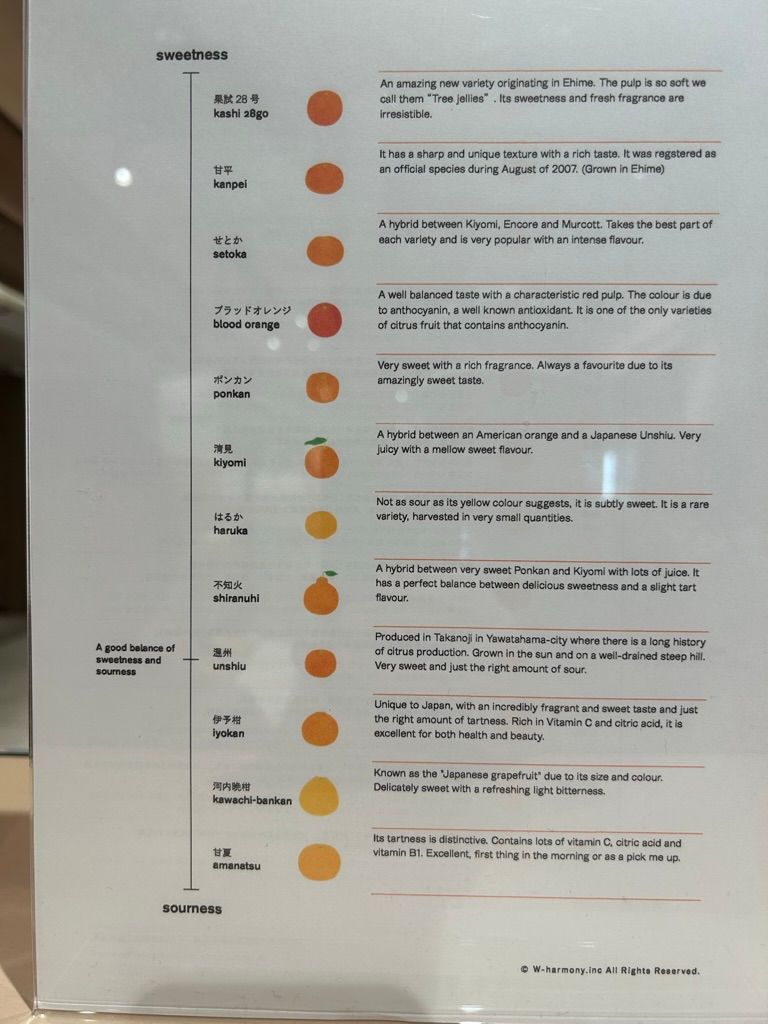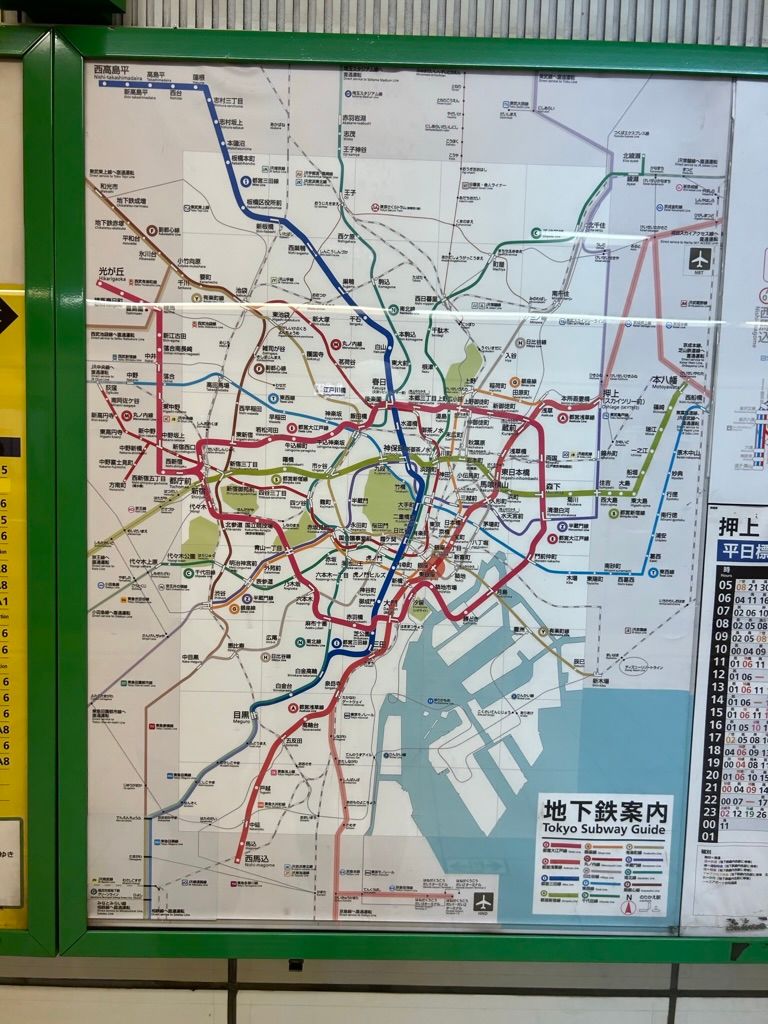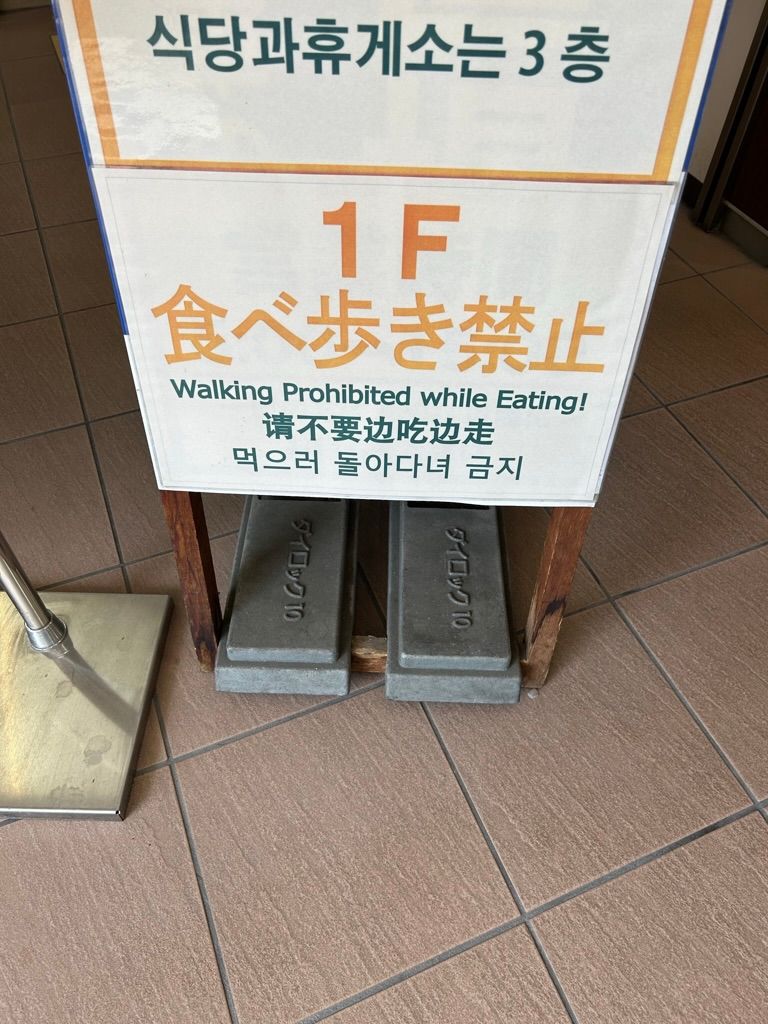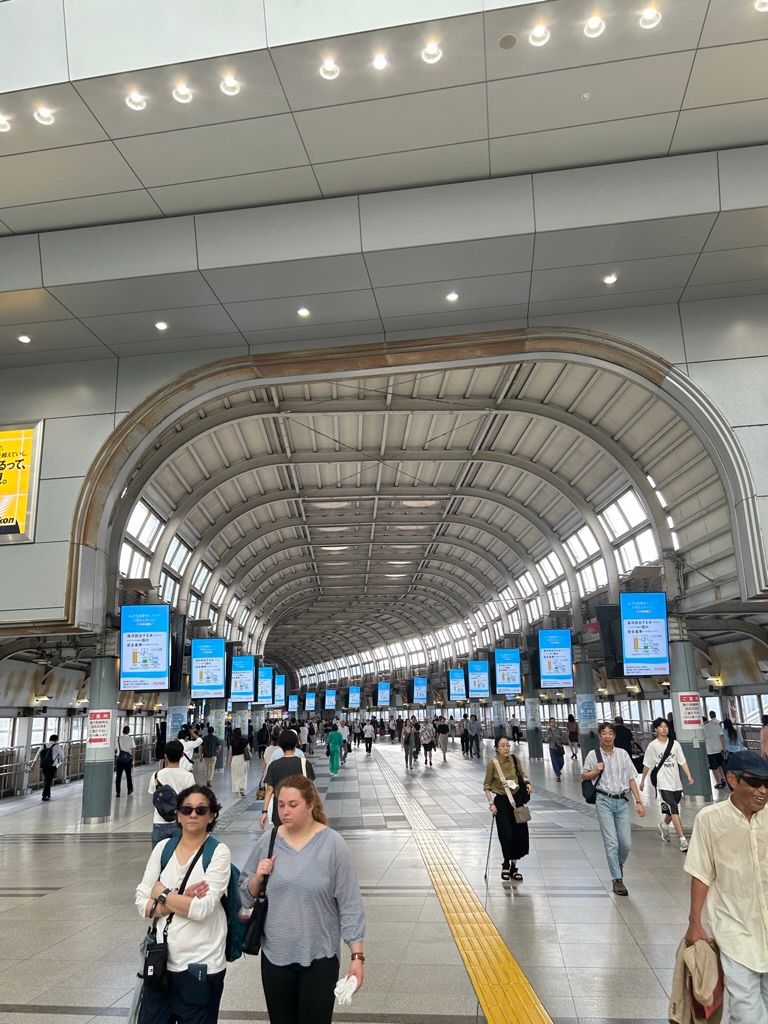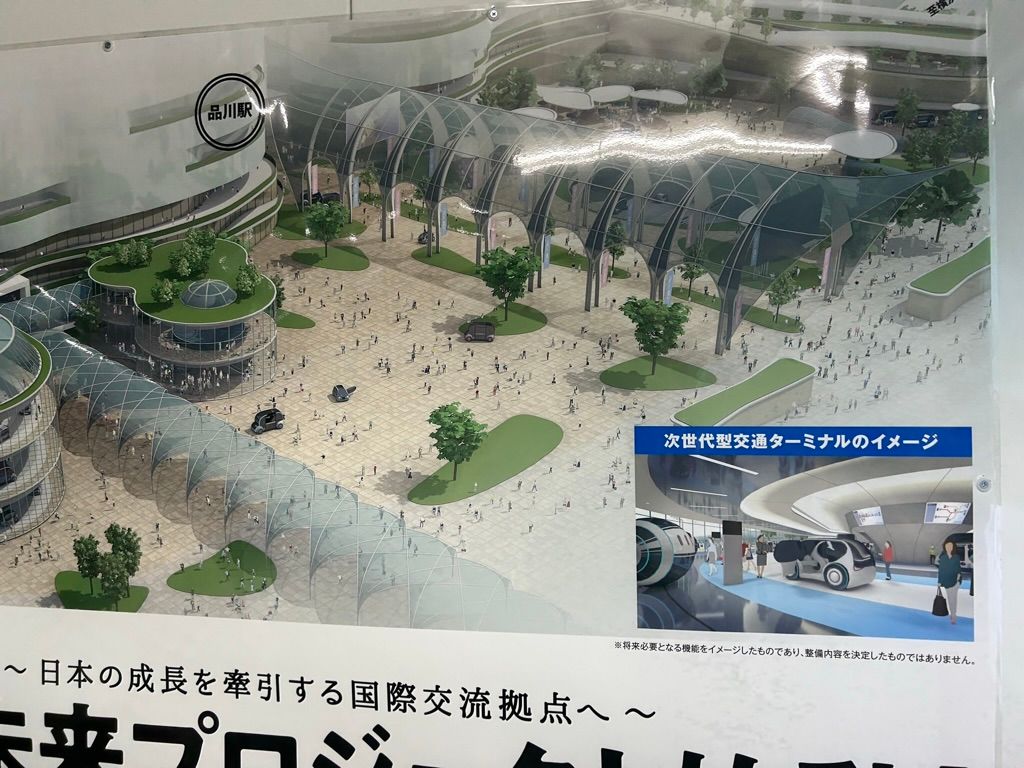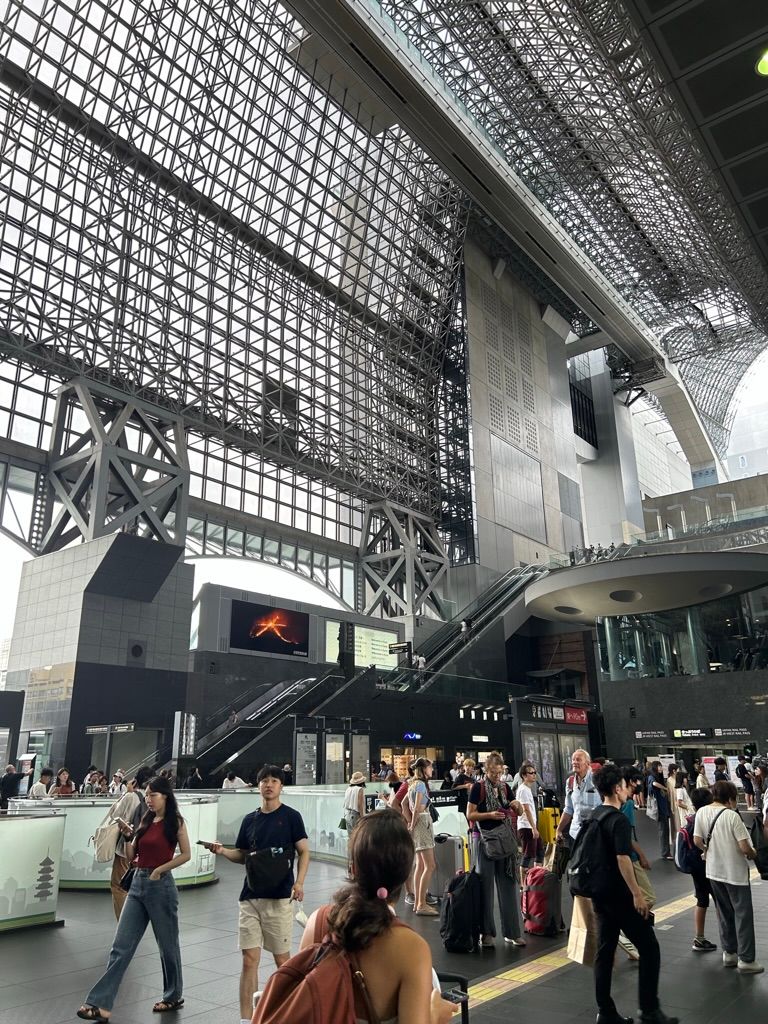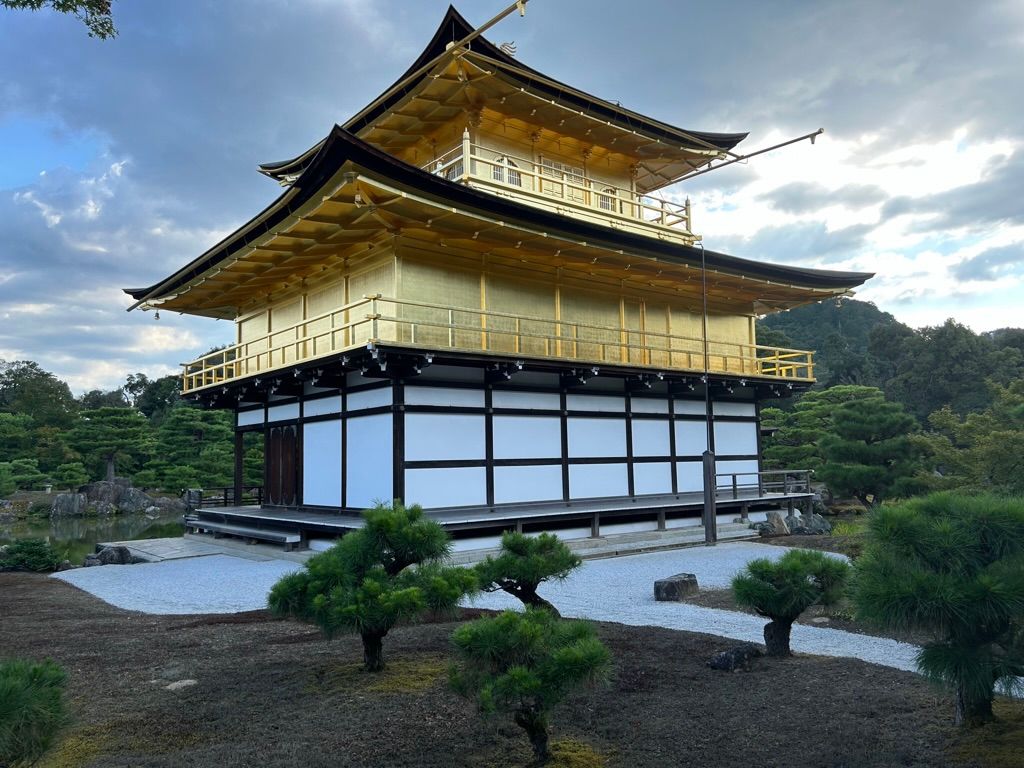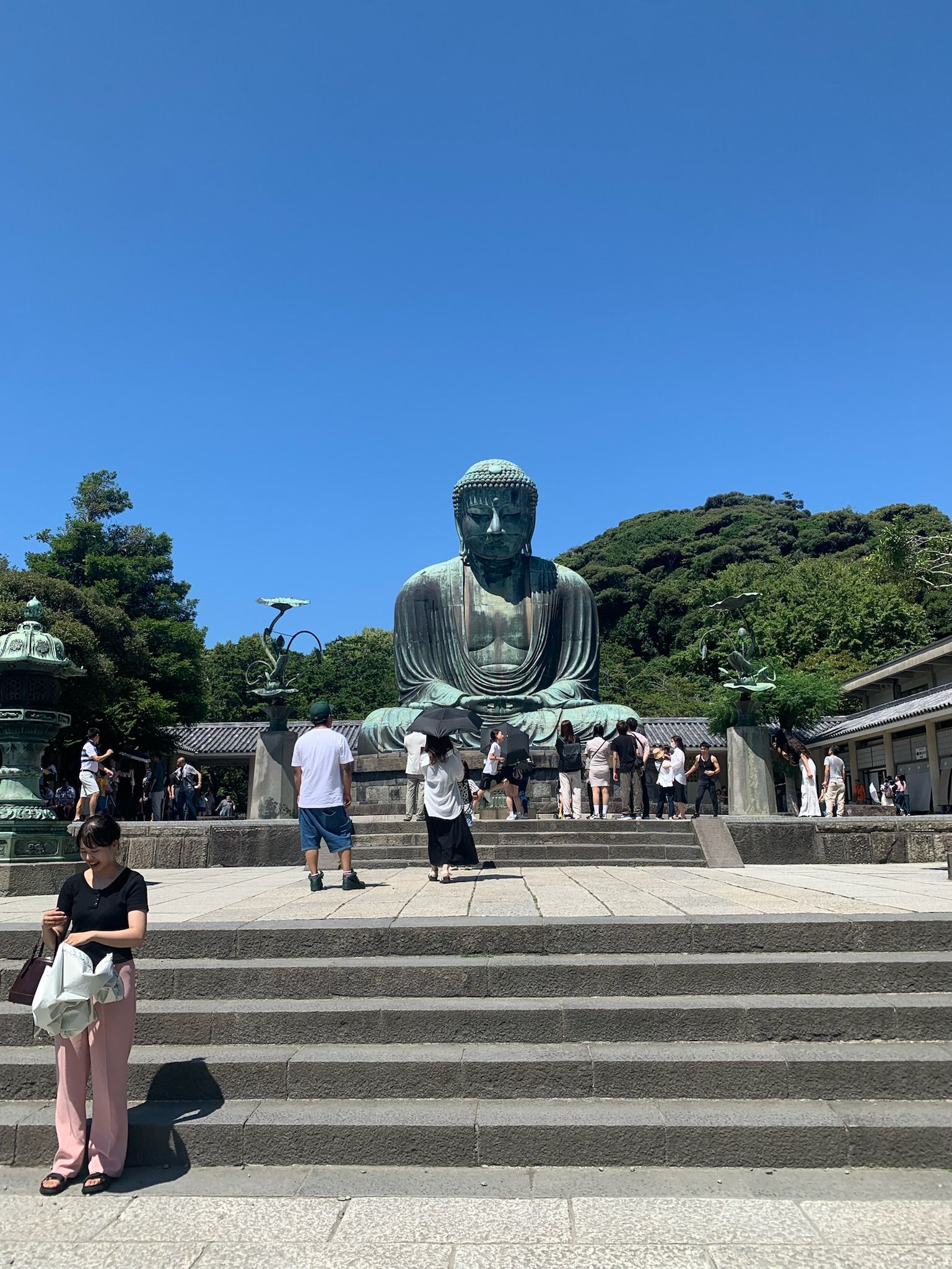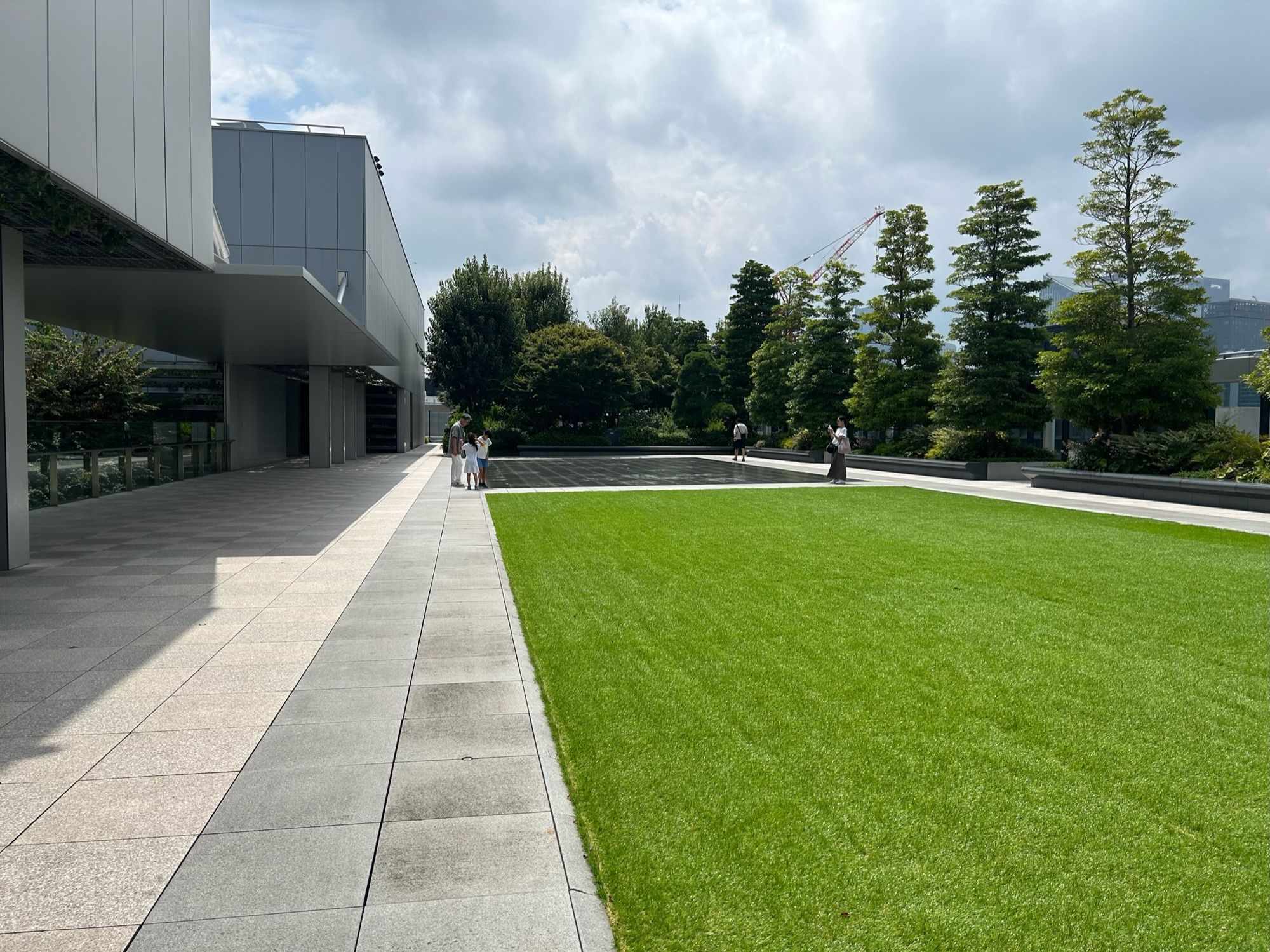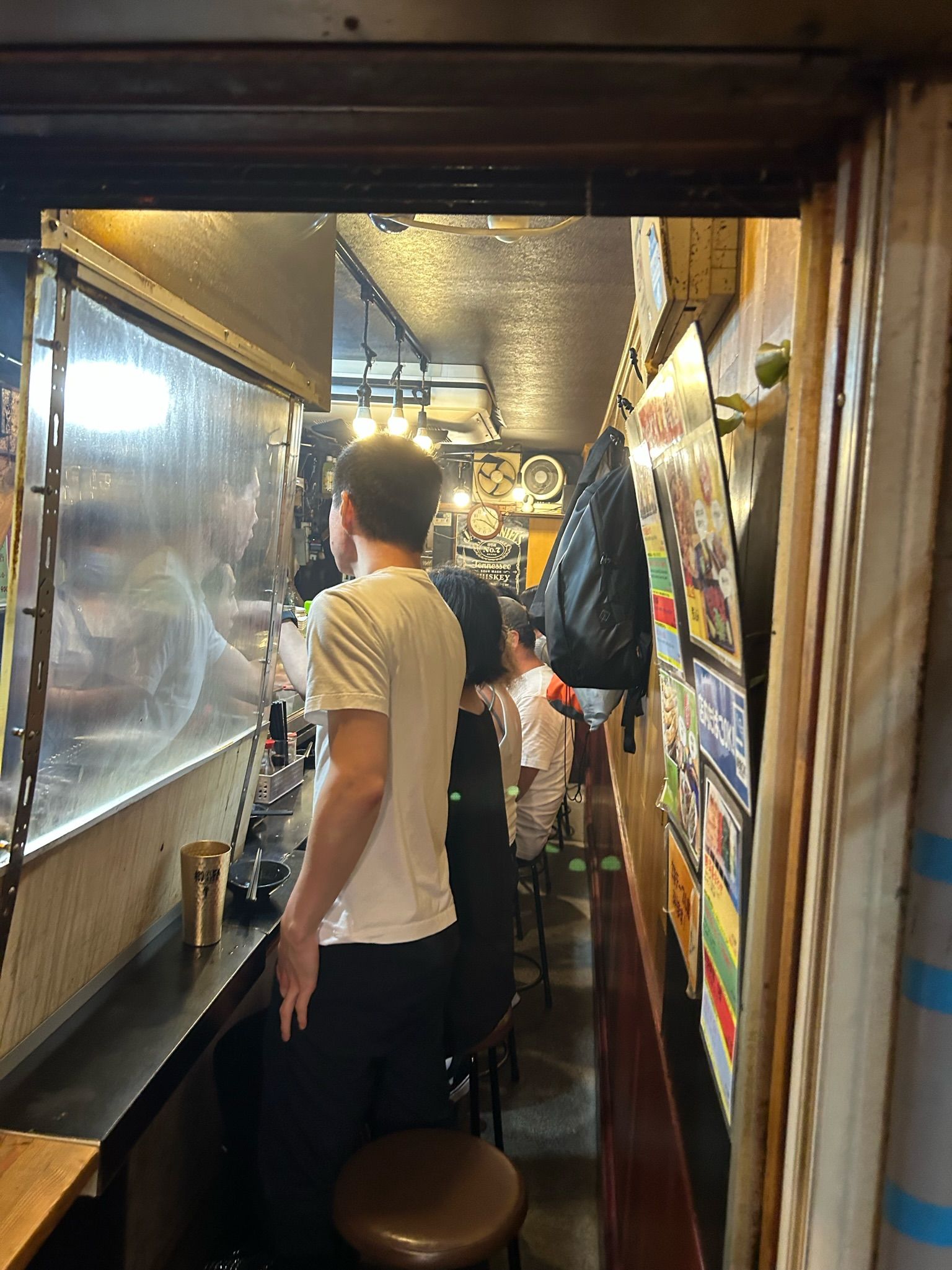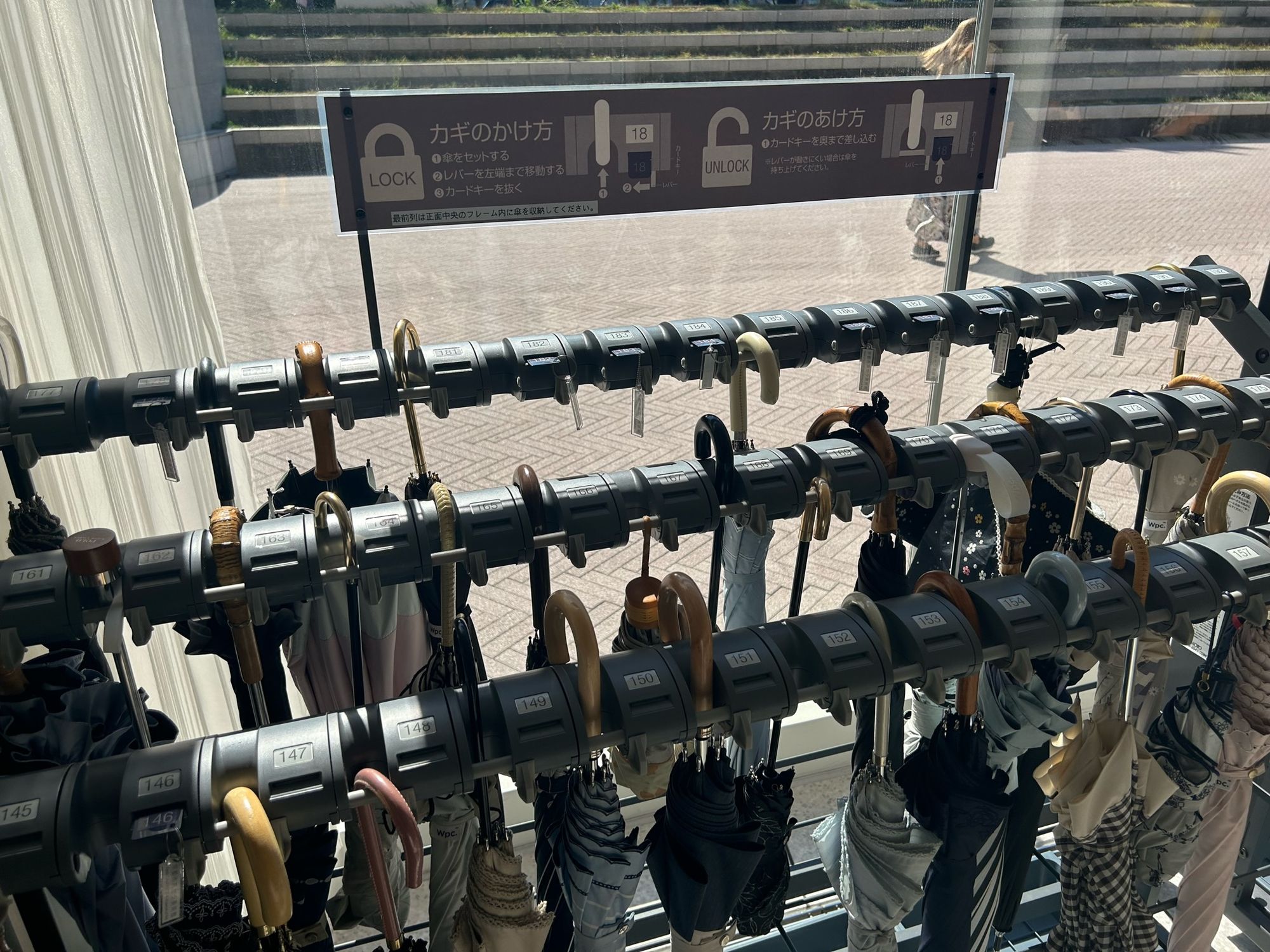What we can learn from Japan
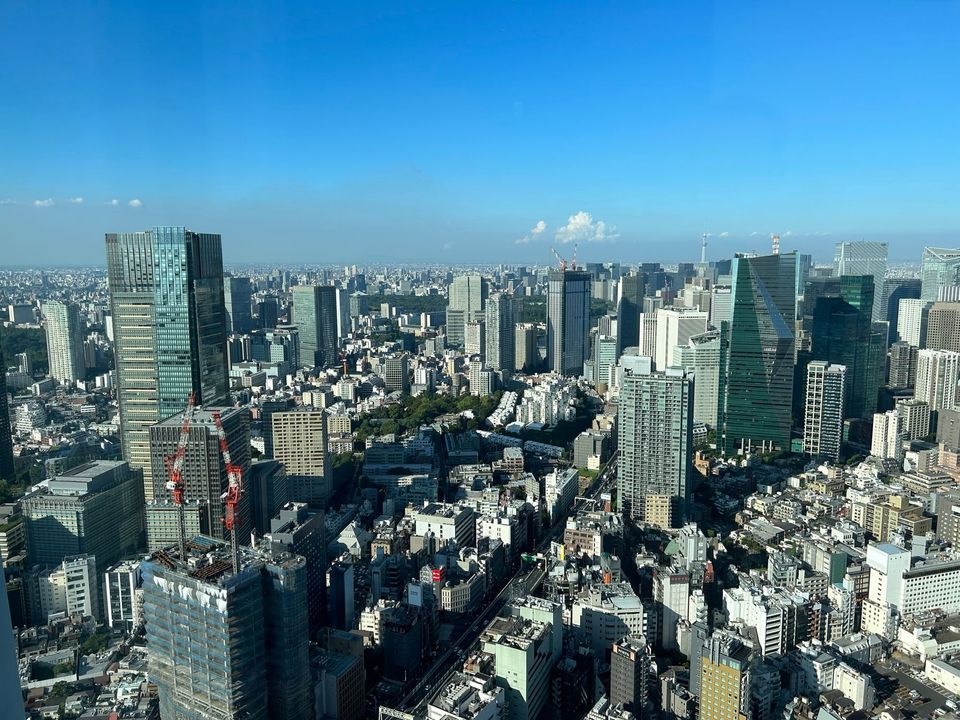
In August, I spent two weeks in Japan– Tokyo, Hakone and Kyoto. Amazing trip.
Below are some of rapid-fire observations and learnings about Japanese society, infrastructure, and how it applies to the US (and NYC in particular). Of course, I only had two weeks and stuck to touristy areas, so my experience is definitely skewed but I tried to account for that as best I can. I’ll write more about some of these topics sometime soon.
Public safety/cleanliness
- Going to Japan from New York must feel like going to New York from Rio for Brazilians; you look around and realize there’s a level of public safety that you assumed was impossible, but that the locals likely take for granted. In Japan, worrying about walking alone at night or taking public transit seems to be unheard of. But there are more subtle signs of living in a low crime/high trust society: they leave their bikes unlocked, and stores are structured in a much more open way with unwatched entrances/exits (as theft is less common).
- This all makes sense given the data shows crime (and violent crime in particular) is ridiculously low compared to the US. The homicide rate is 25x higher in the USA, and even higher in comparable US big cities to Tokyo.
- The great irony of Japan is that it is one of the cleanest places on earth but there are basically zero trash cans on streets or in public places. When you ask “how”, the answer is apparently that people literally carry their trash around all day until they find a spot to put it in or (more often) bring it home.
- If you’ve ever doubted the relevance of cultural norms on behavior, come to Japan. If 95% of people in an area are doing something, you don’t want to be the one to stick out. I found myself refraining from doing things which I previously did on autopilot (ex: jaywalking, talking on the subway) just from the peer pressure of those around me.
- While there are clear benefits to this type of culture, I read after the trip about how this can be taken to extremes. This reddit thread lists the “most Japanese complaint you've ever gotten”, with one being how someone's wife was reamed out at work for eating on the subway (ratted out by a fellow passenger). The whole thread is WILD.
Trains
You probably already know that the trains in Japan are amazing, but they are still underrated. I want to add a little more detail around why they are amazing and what we can learn from them.
The trains are impressively fast.
- I’m so used to looking at the train time on google maps being much longer than the driving time. In Japan, it’s the opposite: a trip (Tokyo to Osaka) that takes 2.5 hours by bullet train (Shinkansen), is likely 6 hours by car (see below). I clocked in at an average of 170 mph or so without accounting for stops when I tracked the speed on the Shinkansen.
- But Japan saw this and said “Not fast enough!” There is a project being actively worked on called the Chūō Shinkansen which will double the speed of the current trains, shortening the time from Tokyo to Osaka (310 miles) from 2.5 hours to 67 minutes (top speed of 314mph). Portions of it are likely to launch in the next few years and be finished in the next two decades for roughly $62b USD (though the project has started to run into delays). Here is what it will be like to ride it.
- To put this in perspective: according to my estimates, a train of similar speeds in the US would go from SF to LA (382 miles) in 80 minutes and Boston to DC (440 miles) in 95 minutes. For reference, the current SF-> LA high speed rail line is projected to to take 160 minutes, if it ever gets built.
The trains are ubiquitous.
- There are many large train stations, as opposed to one or two central hubs in a city (like Penn Station/Grand Central). I count at least 6 major train stations that are at least as large at Penn Station that serve as hubs to get around Tokyo.
- You can take the train almost anywhere in Japan. I took the train to the beach (Kamakura) in roughly an hour from Tokyo and there was a light rail by the beach to take you to all the beach towns too (like Enoshima). In Hakone (a resort town), there was a well-functioning train, cable car, gondola and bus system. It’s almost unimaginable when compared to a similar resort area like the Catskills or Park City.
- Japan’s railways are privatized and derive profit not just from the operation of the trains, but through ownership of the retail, shops, and office spaces surrounding and above them. This is very different from the MTA or NJ Transit, which are government run and do almost nothing to develop the areas around train stations, but apparently pretty similar to how rail companies made money in the USA 150 years ago.
- While there's been a lot of public investment, the rail companies today are actually private. The government-owned Japanese National Railways was split into 6 for-profit companies around 30 years ago. 4 of these are publicly traded (ex: JR East, JR Central, JR West, and JR Kyushu) and JR Central (the most profitable line) is worth ~$25B USD (JR Central Investor Presentation)
- The rail companies are not just train operators but also real estate development companies:
"In Japan, being in the railway business means being in the real estate business . . . They are able to capture the value of the train stations they are building and beyond. One third of the revenue is from retail, services, hotels. That's because rather than contracting out the business opportunities on the real estate around their stations, the companies own it all--everything from department stores to vending machines on the platforms… In Japan, the profit motive of real estate, retail, and office space--in addition to the trains--becomes a bit of a feedback loop. The Japanese railway companies want to maximize the value they derive from space around the stations. So transit oriented development isn't just about housing. In Japan, it includes department stores, office buildings, shops, and hotels, and housing on different levels directly above and below the stations." SPUR Talk: The Japanese Model for Station Development
- As a result, the train stations are best thought of as giant malls which happen to have train stations below them. These malls are incredibly impressive and have quite good food and shopping (we ate lunch/dinner at a train station multiple times). It’s the equivalent of having Hudson Yards or the Aventura shopping mall in Miami on every major train station. Even small subway stations have great food/shopping options (the restaurant from Jiro Dreams of Sushi is famously in one).
Shibuya Scramble Square: A set of mixed use buildings that sit directly on top of the rail station. Extremely nice!
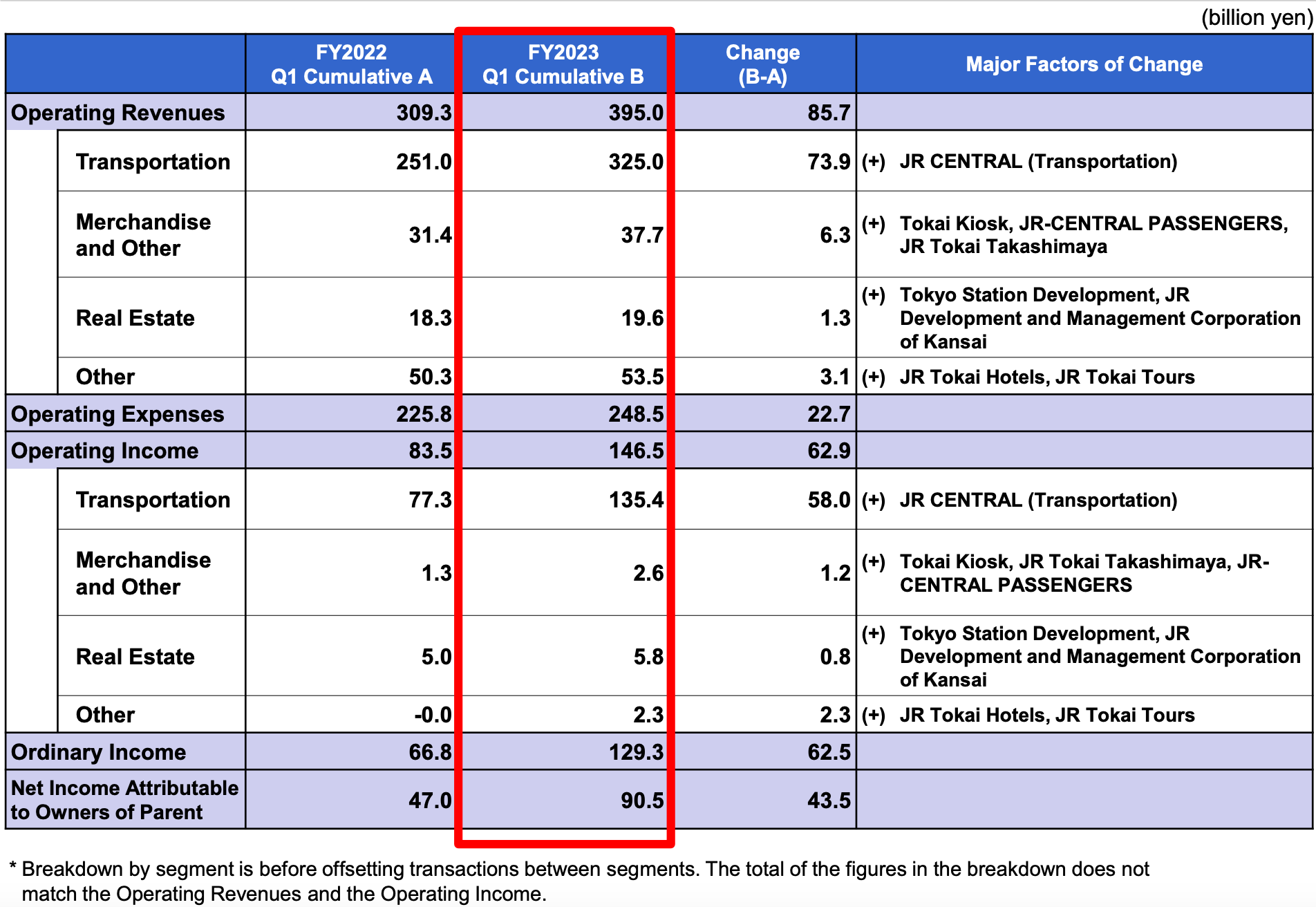
Japan’s economy
- Much has been made about Japan’s “lost decades”. The Nikkei is still below its 1990 peak. GDP growth has been lackluster, and Japan is often seen as a failure in the macro world. I mostly agree with this analysis of the data. All that said, however, I didn’t get any visible sense of the macro malaise when I was there.
- On paper, Japan’s GDP per capita is roughly 2/3rds of America’s, which would make it equivalent to the poorest state in America (Mississippi). But the quality of life seems extremely high, particularly in the center of Tokyo. Tokyo is the first city I went to where I felt like I was living in the future (and I hear Singapore is even more ahead) relative to US cities. Walking around areas like Shibuya, Ginza, and the financial district, you marvel at the buildings. In general the city feels brand new, at least in its major areas. And I’m talking “last twenty years” new, not just that things look rebuilt after WW2.
- I recognize that Tokyo is the largest and most developed area in Japan, and that I didn’t go to the poorer outskirts of the city. But this paper suggests regional differences between the richest and poorest areas of Japan are similar to other OECD countries, and so comparing the center of Tokyo to Manhattan should be reasonably fair.
- The only visible sense of lower income were clotheslines in the parts of Tokyo outside the major areas. That said, this thread from @Patio suggests that poverty may be less visible to the naked eye in Japan.
Japan is shockingly cheap right now. Japan has effectively gotten 40-50% cheaper in the last 4 years for US tourists.
- USDJPY is up to 145, so the dollar is 30% stronger than 4 years ago. During the same time, prices in the US are up ~16% whereas they are only up ~3% in Japan. Combining the impact of prices themselves and the exchange rate, Japan has effectively gotten 40-50% cheaper in the last 4 years for US tourists.
- This has put USDJPY far from its “fair value”. One USD should be worth roughly 100 JPY based on where prices are in each country. The 145 it’s currently at makes it the biggest difference from “fair value” seen in a long time (see chart below). Enjoy it while it lasts!
Some examples of how shockingly cheap Japan is right now:
- Most major museums are <$10 and some are <$5.
- We had multiple lunches/dinners for <$10-15 per person (at nice sit down restaurants).
- A good bowl of ramen runs you <$8 and can feed >1.
- Sushi rolls (6 pieces) are around $2-3 at decent places.
- The subway is often between $1-2 (distance based).
- Nice hotels in Kyoto can run you $100 a night. This is likely partly seasonal (it was not peak season).
Japan’s land use
- Japan is famous for being one of the only developed countries to escape the housing crisis in the last 10 years. See the chart below showing change from 2000-2019 (would look even worse since 2023).
- I asked a local (friend of a friend) how much a nice 1 bedroom apartment costs. She said “well in a really nice area like Shibuya or Shinjuku, it can be expensive. Around 125k Yen.” I realized that this was roughly $860…
- In part due to cheap housing (and I’m sure many other things), I saw essentially 0 homeless people in Japan for two weeks.
The reason for the low prices is fairly intuitive: Japan builds a ton of housing every year due to more simplified, flexible, and centrally managed zoning (see here).
- Despite having a 1) rapid housing price appreciation 2) growing population and 3) prohibitively high prices in superstar cities, the US builds roughly half as much housing per capita as Japan each year.
- Japan also makes great use of reclaimed land. The largest airport (Haneda) is on reclaimed land, and large commercial and residential areas cover reclaimed land south of the city center. New York once did this but never in the same size and has since stopped entirely. I think we should be equally ambitious and go try something like this (see pic below).


- The end product of this is a city which looks much more like what you’d expect if the market had more of a say. There is not as much of a “downtown” from which density just goes down as a function of distance from downtown. There are instead several central hubs, each of which look like their own Times Square, but they are sprinkled throughout the city (Chuo City, Shinjuku, Shibuya, Roppongi). There are also some hubs far away like Yokohama.
- More importantly, you never see something like you’d find in Brooklyn where extremely valuable real estate no more than 5 miles from the center of the city is filled with dilapidated 3-story townhomes. When I walk around the Upper East Side (where I live), I see buildings that should have been torn down decades ago. I did not get this feeling walking around central Tokyo.
- And even when taking the train 45 minutes south of Tokyo, to an area which would be suburban in NYC, the density is obvious. There were many apartment buildings (and commercial buildings!), especially close to the train station. In short, Tokyo generally looks how a city should look if the market is allowed to build on whatever land is valuable.
The Downsides
- Clearly I got a bit of a rosy picture of Japan, so I tried pressing locals on the “bad in Tokyo/Japan”. This is not meant to be comprehensive, but most of the things I heard were the flip side of the highly organized, obedient, and semi-conformist culture that produces all the positive outcomes mentioned.
- Conformity was brought up multiple times. One tour guide we had spent a lot of time in New Zealand and California. He noted that he missed the individualism and “freedom” of California and he’s never been able to match the “feeling of freedom” from driving down the highway on the California coast (honestly unclear exactly what he meant, but it sounded like a real "vibes" difference).
- Another local we met said the culture of conformity and hierarchy made innovation at his company more difficult. There was much more of a sense of “this is the way we do things” and of people afraid to challenge authority, or even to set boundaries in terms of work quantity and work/life balance.
- The future is not bright: The last obvious issue in Japan is population decline as TFR. There has been a ton written about this (example), but the thing I heard was the sense of pessimism about the future due to the projected shrinking of the population. One of the key plot points of a Japanese movie I watched on the way back was abandoned places in Japan due to declining birth rates. It really seems to hang over the population in an omnipresent way.
Demand More!
My overarching feeling after going to Japan was one of disappointment and anger. Why can’t we have fast trains and well functioning cities?
- It’s obvious it’s not a wealth thing. We are the richest country on Earth! We have the cutting edge technology companies. Japan isn’t even inventing the tech!
- Unfortunately, I’ve concluded that most Americans simply don’t have the ambition to build great cities. Progressives are confused about the causes of high house prices and don’t realize how the path to remake US cities involves mass deregulation and incentives for private developers. Meanwhile, conservatives have developed a strange aesthetic for suburban life and have concluded the only way American cities can function are the way they are today.
- For many, they just don’t realize what’s possible (which is why you should go to Japan)! There is a vague sense of "the trains work better in other countries" but people don't realize how much better.
- For example, I'd quiz people on comparable distances and how long it would take to go from Penn Station to Montauk if we had the same bullet train (109 miles, currently taking 3 hours and 17 minutes). The answers are usually "2 hours" or "2.5 hours", when the real answer is one hour or less with the current Shinkansen and 30 minutes with the one currently being built.
- No one asks our politicians: why aren’t our trains 2x faster? Why isn’t there a bullet train from JFK airport to downtown, or from White Plains to Grand Central? Why isn’t there a Penn Station equivalent in the Financial District? Demand more!
Miscellaneous
Other random reflections I had.
- No one jaywalks in Japan. Huge deadweight loss! People have places to go.
- In stark contrast to Germany, there seems to be little discussion of WW2/Japanese colonization in public life, let alone any remorse over actions Japan took. I’ve read about this before (there’s a whole wikipedia page on it), but it was interesting to see first hand. I didn’t see discussion of the colonization period/WW2 in any major museums I went to (though they were more art focused), and it was not mentioned in any tours or major sites. (Postscript: A friend told me he did go to Yushukan museum which discusses the wars/colonization period and upon reading about it, it seems ridiculously revisionist).
- Apparently there is still a shrine with 60 thousands cut off noses from Korean and Chinese soldiers from a 1500s war that sits in Kyoto essentially unmarked and discussed in Japanese society (the majority of visitors are Korean tourists). To put it glibly: The sense I got in Germany was “we are sorry”, whereas the sense I got in Japan was “What you are talking about?”
- Fitness/wellness culture does not seem like a thing in Japan. Not a lot of high end gyms/workout classes, no juice bars, nor did I see a lot of Lululemon type clothing.
- The Japanese are famously healthy and skinny. Obesity is rare in Japan, and the average life expectancy is the best in the world. And yet, there are a ton of processed foods and seed oils! It was hard for me to see a big difference there honestly. A walk through 7-11 shows you how Japan has been highly effective at creating all new types of processed foods (ex: shrimp chips). Tempura is also a very common dish. I’m guessing the Japanese diet is healthier on average (a lot of fish, rice, meat), but this makes me question the role of processed foods/seed oils in the rise in obesity in the West.
- Saw almost no pets in Japan and the pets I did see were carried around in carriages/strollers instead of being walked (?). Apparently many apartment buildings don't allow pets.
- Especially in Kyoto, there is a strong sense that some places are for locals, and some for foreigners. Open discrimination against foreigners is common for restaurants/bars, and restaurants are far more picky about their customers relative to America.
- A place was selling 10 types of orange juice from maximum sweetness to sourness. The sweetest orange juice on the scale just tastes like American orange juice. Fruits are rare, harder to grow, and are given often as gifts where the pristine appearance is valued as much as the taste. I found a box of tomatoes at a high end shopping mall selling for $55 (but look how nice they look!)
Random Travel Tips
- It’s brutally hot in August but if it’s the only time you can go, it’s still worth it.
- It’s actually reasonably easy to be a vegetarian in Japan, though it’s harder if you are diligently checking for any dashi/bonito in your food (they sneak it into everything).
- Highly recommend going to Hakone for two days and spending time at a public Onsen (like Hakone Yuryo).
- Google Translate App can take a picture of anything and instanstly translate. You can also record yourself or someone you are talking to and instantly translate. Remarkable!
- Email/DM me for more.
Some interesting links I came across after researching more:
- (Housing) What Housing Crisis? In Japan, Home Prices Stay Flat (WSJ)
- (Housing) Laissez-Faire in Tokyo Land Use
- (Housing) Power from the Ground Up: Japan’s Land Bubble
- (Housing) Japanese zoning
- (Housing) Cool Interactive Map of Tokyo
- (Rail) Lessons from Railway Privatization in Japan
- (Rail) SPUR Talk: The Japanese Model for Station Development
- (Zoning) Zoning and land use in Japan
- (Zoning) Japanese zoning
- (Zoning) Why Tokyo Is Insanely Well Designed
- (Other) Takashi From Japan: very interesting YouTube channel of someone who interviews Japanese people and foreigners in Japan.
Misc Pics/Vids
What's it is like riding the Shinkansen at top speed
